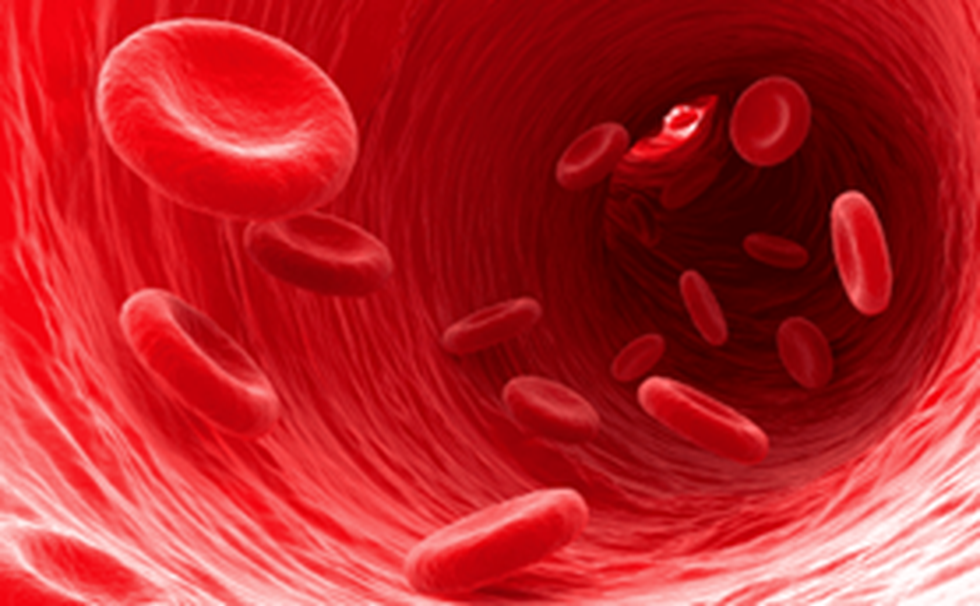About Red Blood Cells (RBCs):
- RBCs, or erythrocytes, are one of the components of blood. (The others are plasma, platelets and white blood cells.)
- Function:
- They deliver oxygen to the tissues throughout the human body.
- Oxygen turns into energy, and tissues release carbon dioxide.
- RBCs also transport carbon dioxide back to the lungs to be exhaled.
- Where are RBCs made?
- They are made in the bone marrow.
- They typically live for about 120 days, and then they die.
- Hemoglobin:
- RBCs contain a protein called haemoglobin, which binds to oxygen in the lungs, forming oxyhemoglobin.
- Haemoglobin also helps carry carbon dioxide back to the lungs as carbaminohemoglobin.
- Shape:
- RBCs are biconcave, disc-shaped cells with a dimple in the centre on both sides. This unique shape increases the surface area of the cell, allowing for efficient gas exchange.
- It is covered with a membrane composed of lipids and proteins and lacks a nucleus.
- What does a low RBC count mean?
- A low RBC count, known as anaemia, can cause fatigue, shortness of breath, dizziness and other symptoms. If untreated, anaemia can lead to serious complications.
- In many cases, anaemia occurs when people don’t eat a nutrient-rich diet.
- It can also be caused by pregnancy and certain medical conditions such as bleeding disorders and kidney disease.
- Choosing foods that are rich in iron and other vitamins and minerals can help raise the RBC count.
What is Sickle cell anaemia?
- It is an inherited blood disorder.
- It affects haemoglobin, the molecule in red blood cells that delivers oxygen to cells throughout the body.
- People with this disease have atypical haemoglobin molecules called haemoglobin S, which can distort red blood cells into a sickle, or crescent, shape.
- These sickle cells also become rigid and sticky, which can slow or block blood flow.
- What causes it?
- The cause of Sickle cell disease is a defective gene called a sickle cell gene.
- A person will be born with sickle cell disease only if two genes are inherited—one from the mother and one from the father.
- Treatments:
- The only cure for this disease is bone marrow or stem cell transplantation.
- However, there are treatments that can help relieve symptoms, lessen complications, and prolong life.
